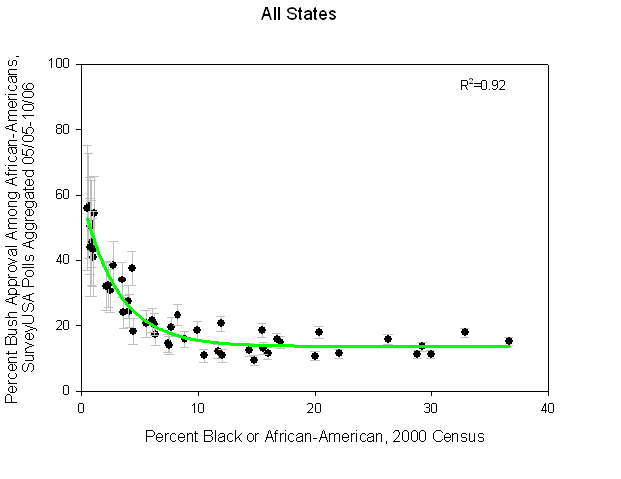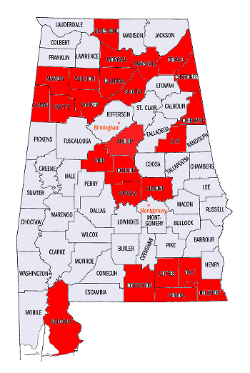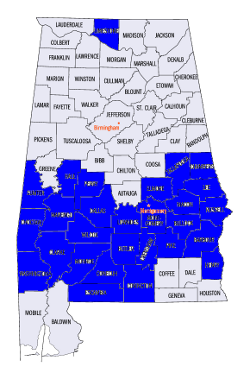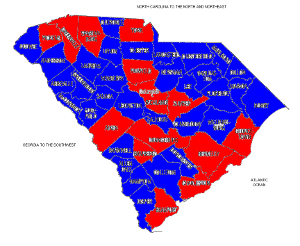By: Inoljt, http://mypolitikal.com/
The black vote is one of the most reliably Democratic constituencies out there. Blacks commonly give Democratic candidates more than 90% of the vote; Democratic presidential candidates in 2000, 2004, and 2008 won 90%, 89%, and 95% of blacks respectively.
Blacks were as reliably Democratic as ever in the 2010 midterm elections. The black vote undoubtedly saved many a Democrat from defeat. Exit polls indicate that 89% of blacks nationwide voted for a Democratic congressman.
In California, however, blacks seemed to have been quite a bit more Republican than this.
More below.
The table below indicates the black support, according to exit polls, gained by Republicans in California’s statewide races:
| 2010 Black Vote | Democratic | Republican |
| Nationwide (House of Representatives) | 89 | 9 |
| California Governor | 77 | 21 |
| California Senator | 80 | 17 |
This can be graphed as below:
Now, a word of caution before analyzing these results: exit polls are notoriously unreliable. It is entirely possible that a bad sample skewed these results (although since it appears that the polls for the two California races were separately done, this may be less likely).
If the exit polls prove correct, however, California blacks voted significantly more Republican than blacks elsewhere in the nation. Generally speaking, it is quite a feat for a Republican to get more than 15% of the black vote.
Yet in 2010 Republican candidates in California did this twice. These were not especially impressive candidates; both lost pretty badly. Nevertheless, they got a degree of black support one would only expect Republican to pull during a landslide victory.
Whether this degree of black support is something recent, or whether blacks in California have always voted this way, is hard to tell. According to exit polls, in 2008 they gave 94% of the vote to the Democratic candidate. In 2004 they gave 86% of the vote for Democratic Senator Barbara Boxer (this was an election she won by a landslide). On the other hand, in 2004 a relatively paltry 70% voted for Democratic gubernatorial candidate Phil Angelides (who lost by a landslide). To round these numbers up, Senator John Kerry got 81% of the black vote that year.
Looking at the results does seem to indicate that blacks in California have been consistently more Republican than blacks nationwide, if not to the extent they were in 2010.
There are several reasons why this might have happened. Several years ago a blogger named dreaminonempty did a fascinating analysis, in which (s)he found that the blacks living in extremely non-black states tended to support Democrats less. For instance, blacks residing in states with higher black populations were more disapproving of President George W. Bush. This was the graph the blogger created:
Califonia is a state with a relatively low black population. Moreover, blacks in California are unusually integrated and getting more so. Places traditionally associated with the black community are rapidly diversifying. For instance, today Oakland is barely more than one-fourth black and Compton is less than one-third black.
California, then, constitutes a good example of dreaminonempty’s hypothesis. Its relatively racially integrated communities may have something to do with a less monolithically Democratic black vote.
Republicans should not start celebrating yet, however. Their relative strength amongst the black vote has very little to do with Republican success at appealing to minorities, and much more to do with the characteristics of California’s black community. If the party is ever to regain competitiveness in California, it must begin reaching out to minorities. Judging by the 2010 election results, this is still a challenge the party has yet to overcome.





